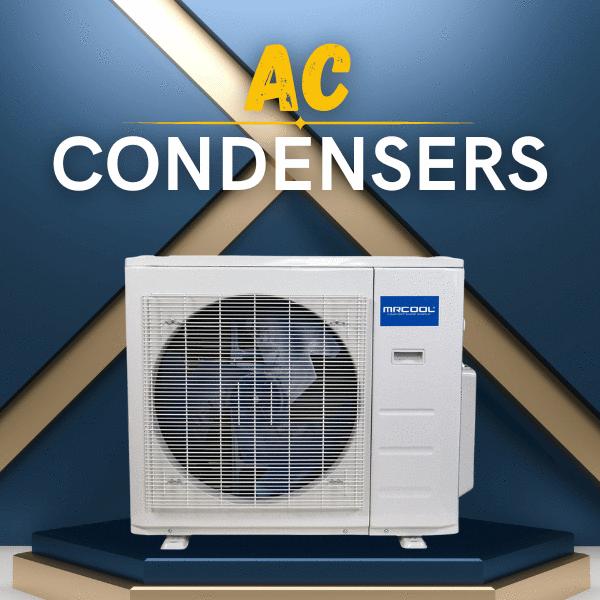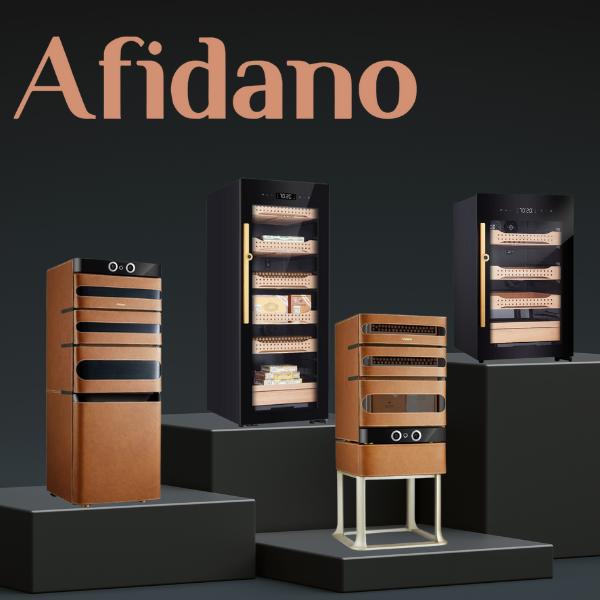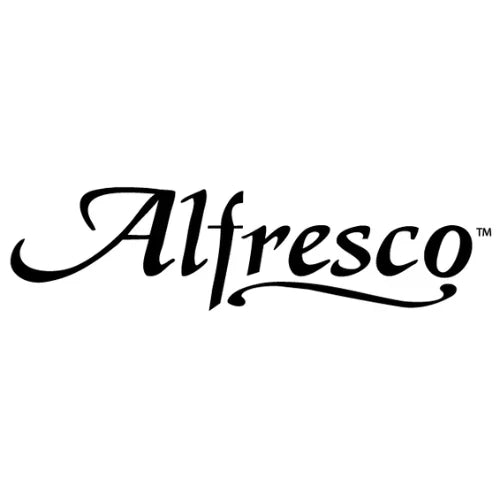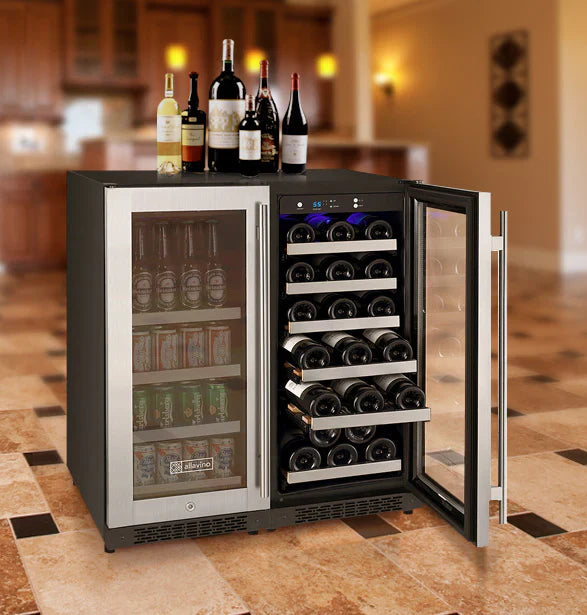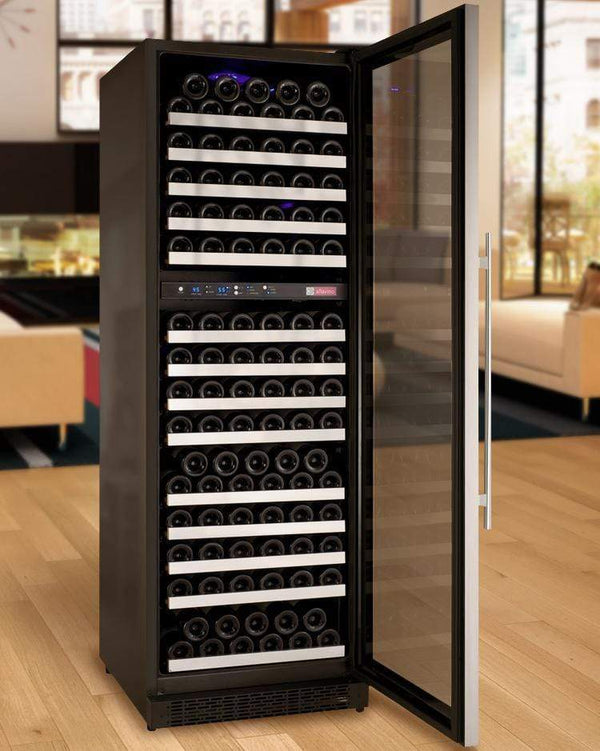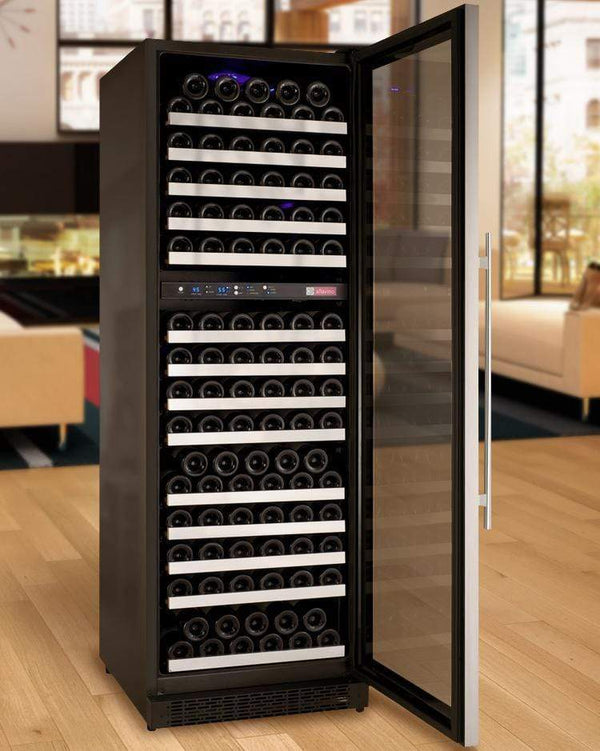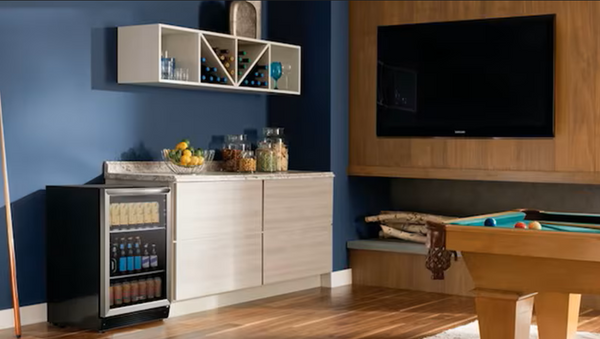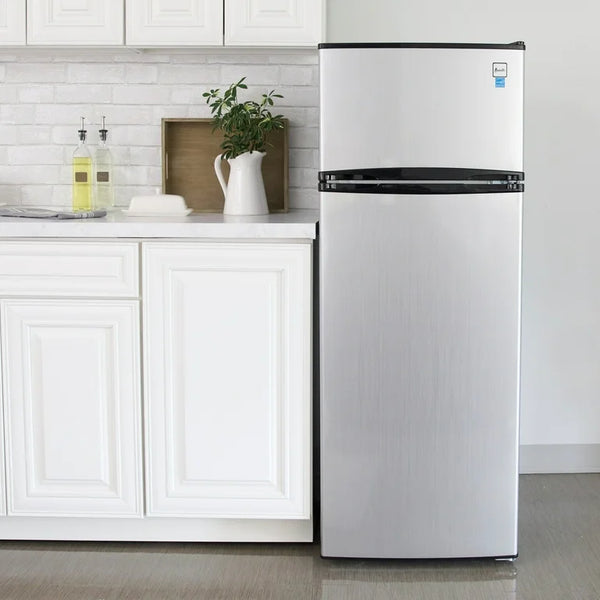Best Wine Cooling Systems for Mid-Size Wine Cellars (500–2000 cu.ft.)
🥂Why Cooling Your Wine Cellar the Right Way Matters
👤 By Jim Hopper, Wine Cooling Expert
So, you’ve got yourself a wine cellar that holds more than a few cases of Pinot but doesn’t quite rival a commercial warehouse — somewhere between 500 and 2000 cubic feet. That’s a sweet spot. Big enough to show off your collection, small enough to stay personal. But here’s the thing: your wine doesn’t care how fancy your racking is. It cares about one thing — the environment.
A mid-size cellar needs precision cooling. Too much heat, and your wine ages prematurely. Not enough humidity? Corks shrink, oxidation creeps in. The wrong unit? It’s like storing Bordeaux in a bread box. That's where the right wine cellar cooling system comes in — not just any system, but one sized and designed for your unique space.
Whether you’re planning a new build, upgrading an old unit, or just trying to make sense of ducted vs. self-contained systems, we’ve got you covered.

👉 New to wine cellar cooling altogether? Start with our Ultimate Guide to Wine Cellar Cooling Systems for a full breakdown of types, terms, and setup tips.
Ready? Let’s chill.
📚 Table of Contents
- Why Mid-Size Wine Cellars Need Specialized Cooling
- What Types of Cooling Units Are Best for 500–2000 cu.ft. Spaces?
- How to Calculate the Right Cooling Power for Your Cellar
- Best Cooling Units for 500–1000 cu.ft. Cellars
- Best Cooling Units for 1000–2000 cu.ft. Cellars
- Conclusion + Call to Action
- Frequently Asked Questions
🔧 Why Mid-Size Wine Cellars Need Specialized Cooling
Cooling a wine cellar isn’t about just making it cold. It’s about maintaining a consistent, controlled climate—ideally around 55°F with 60–70% humidity.
Mid-size cellars (500–2000 cu.ft.) are too big for standard wine fridges and too small for industrial HVAC. That’s why they need systems built specifically for wine.
Key reasons you need specialized cooling:
- 🍷 Prevents temperature fluctuations
- 💧 Maintains cork moisture with proper humidity
- 🔥 Handles heat from glass walls or poor insulation
- 🔇 Reduces noise in living spaces

📦 What Types of Cooling Units Are Best for 500–2000 cu.ft. Spaces?
🧱 Self-Contained Cooling Systems
Affordable, plug-and-play. Best for basic builds under 1000 cu.ft.
Examples: WhisperKOOL Slimline LS, Breezaire WKL 3000
🌬️ Ducted Wine Cellar Cooling Units
Completely silent inside the cellar, installed remotely.
Examples: Wine Guardian D025, Wine Guardian D050
🔌 Split Cooling Systems
Condenser outside, evaporator inside. Quiet, flexible installs.
Examples: WhisperKOOL Platinum Split Series
📏 How to Calculate the Right Cooling Power for Your Cellar
- Measure Volume: Width × Depth × Height = Cubic Feet
- Account for Heat Load: Glass walls, lighting, insulation
- Use a Sizing Guide:
🎯 Aim for a unit that slightly exceeds your calculated BTU need.
🥇 Best Wine Cooling Units for 500–1000 cu.ft. Cellars
| Unit | Type | Max Capacity | Ideal For | Key Benefit |
|---|---|---|---|---|
| WhisperKOOL Slimline LS | Wall-mounted | 650 cu.ft. | Closets, shallow cellars | Ultra-slim design for tight installs |
| Wine Guardian D025 | Ducted | 1000 cu.ft. | Premium hidden installs | Quiet operation with remote ducting |
| Breezaire WKL 3000 | Self-contained | 800 cu.ft. | DIY installs | Reliable, easy to install at home |
💡 Not sure which unit is right for your space?
Check out our Wine Cellar Sizing Guide or give us a call at 1-888-407-7770 — we’ll help you find the perfect fit.
🏆 Best Wine Cooling Units for 1000–2000 cu.ft. Cellars
| Unit | Type | Max Capacity | Ideal For | Key Benefit |
|---|---|---|---|---|
| Wine Guardian D050 | Ducted | 2000 cu.ft. | High-heat builds | Powerful cooling with minimal noise |
| WhisperKOOL Extreme 5000 tiR | Self-contained | 1750 cu.ft. | Harsh environments | Built to perform in extreme conditions |
| CellarPro 4200VSi | Self-contained | 1500 cu.ft. | Medium insulation | Energy-efficient with low vibration |
🧾 Conclusion: Create the Perfect Climate for Your Collection
Whether your cellar is 600 or 1800 cu.ft., the right cooling unit protects your wine investment. Mid-size spaces need systems with just the right BTU rating, humidity control, and noise level to balance performance with comfort.
⭐ “Wine Coolers Empire helped us find the perfect cooling unit for our under-the-stairs cellar. It’s quiet, efficient, and looks great. Highly recommend!” — Tom S., Napa, CA

🔧 Take the next step:
- 📏 Read our Wine Cellar Sizing Guide
- 🛍️ Shop trusted brands:
WhisperKOOL, Wine Guardian, Breezaire, CellarPro - 📞 Talk to a wine cooling expert:
1-888-407-7770 | ✉️ support@winecoolersempire.com
📚 Frequently Asked Questions (FAQs)
How long do wine cellar cooling units last?
What’s the cheapest way to cool a wine cellar?
Can I install a wine cellar cooling unit myself?
How big of a wine cooling unit do I need?
Is a built-in wine cooler enough?

Designing or Upgrading a Wine Cellar?
We got you! Here at Wine Coolers Empire, we will guide you in building your dream wine cellar.

